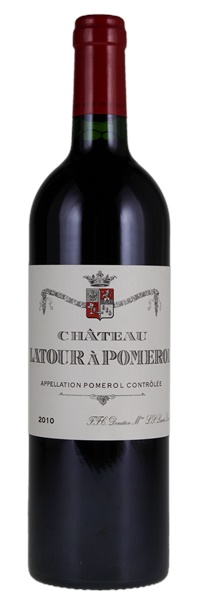Estimate

Dark and loamy, with fig bread and ganache out front, followed by steeped fig, pastis-soaked plum and Black Forest cake notes, all layered and backed by a long, licorice and graphite-filled finish. Offers more than enough fruit and acidity.
Elegant loamy soil notes intermixed with sweet cherries as well as hints of underbrush, mocha and mulberry jump from the glass of this pure, medium to full-bodied, dense wine, which possesses good glycerin, flesh and richness.
Very ripe but restrained aromas of currant and chocolate. A juicy, seamless midweight with enticing sweetness to its flavors of black raspberry, loam and caramel. Finishes with a firm tannic spine and excellent length.